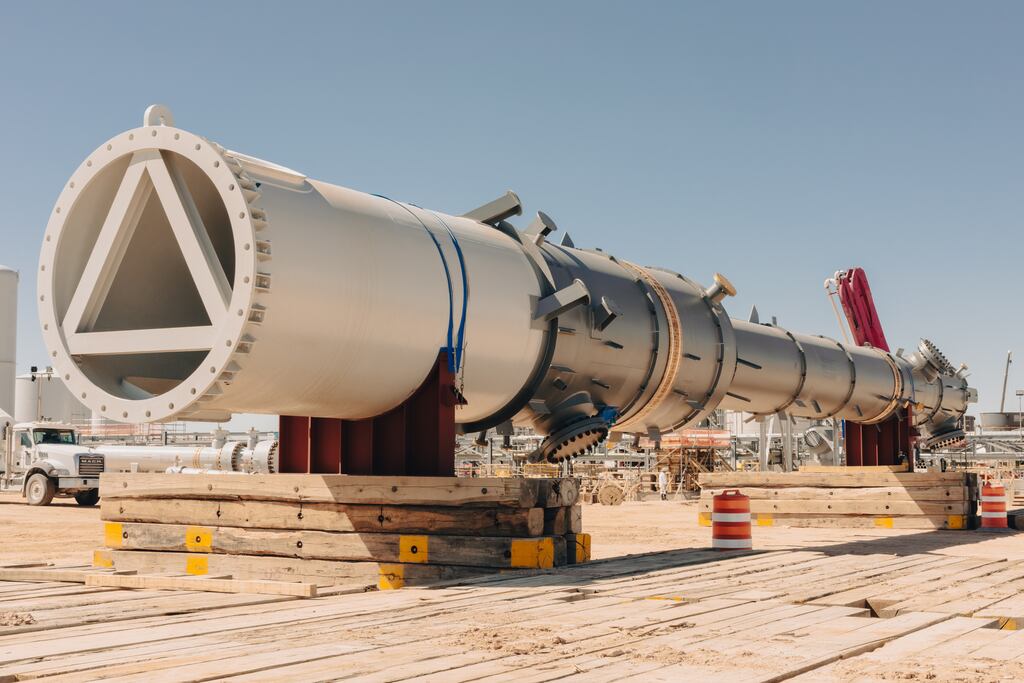News that wind and solar are together the fastest-growing source of electricity in history is an important source of hope. They are growing fast enough to overtake rising demand, which will cause fossil fuels, and their emissions, to decline.
With electrification of ground transport, heating and much of industrial energy, the vision of reaching net-zero greenhouse gas emissions within the next few decades seems to be within reach. This prospect didn’t seem realistic until quite recently.
While attaining this net-zero milestone is imperative, it is not alone sufficient to keep our climate within a safe operating space. To limit warming to 1.5 degrees above pre-industrial levels, a global commitment enshrined in the Paris Agreement, the world will need to go into a phase of carbon drawdown, after hitting the net-zero milestone, where we remove more carbon dioxide from the atmosphere than we are putting in. This will cause the concentration of carbon dioxide in the atmosphere to fall, and with it, the global temperature.
Carbon removal measures can include increasing the capacity of natural systems to store carbon, like planting trees, restoring peat bogs and spreading biochar on the land, and technological measures like Direct Air Capture (DAC), which are still quite early in their development.
READ MORE
These measures are typically thought of as a way to reach net-zero, known as offsetting, to balance any residual greenhouse gas emissions from sources that may not be possible to abate, like long-distance aviation, but they will also be required to remove excess carbon dioxide from the atmosphere.
There are two main reasons for this.
First, we are very likely to overshoot the 1.5 degree threshold very soon. The past year has already crossed this threshold, in what is understood to be a temporary spike in the global temperature caused by El Niño. Recent estimates have found that only 200 billion tonnes of carbon dioxide can be emitted to keep the long-term average of global warming to below 1.5: this budget would be completely exhausted by the end of 2028 at today’s rate of emissions.
But even this estimate may be overly optimistic: First, it assumes strong cuts in other greenhouse gases, notably methane. But this is not happening. Inadequate action to cut methane emissions causes the remaining carbon budgets compatible with the Paris Agreement temperature limits to be already exhausted. Moreover, climate scientist James Hanson has claimed that “the 1.5 degrees ceiling has been passed for all practical purposes” because current climate models are underestimating critical feedbacks and sensitivities.
In wealthy and high-emitting countries that have the ability and responsibility to take action, the planned date of net-zero should be brought forward
Every fraction of a degree we exceed 1.5 degrees of warming will lead to ever more dire consequences and profound risks: we must do everything to limit the extent that we overshoot the Paris Agreement limit, and then return below it as quickly as possible.
A second motivation for actively planning for carbon removal is that we cannot assume that natural carbon sinks will continue to function in the future. More than half of the excess carbon dioxide we currently add to the atmosphere is removed from the atmosphere by natural processes, and stored in the oceans and on land in the biosphere.
Climate scientists are concerned that these systems will become less effective at storing carbon as the Earth continues to heat up. New studies suggest this may be already happening: one recent study found that land carbon sink collapsed in 2023, because of extreme warming, which caused drought in the Amazon rainforest and forest fires in Canada. If this continues, and the land becomes unable to continue to act as a carbon sponge, global warming will accelerate faster than predicted.
[ Are universities an obstacle to climate action by reinforcing the status quo?Opens in new window ]
Carbon removal is easier said than done. According to the Global Carbon Project, drawdown through carbon dioxide removal technologies are negligible compared to the rate of rising emissions, and while reforestation and afforestation measures are increasing the land sink in places, these carbon removals are more than offset by loss of carbon from the biosphere through deforestation and drainage of peat soils.
Land-based measures will be fraught with technical and political challenges, and will include significant and underexamined risks for ecosystems and societies, particularly for biodiversity, food security and human rights. As we can see with the collapse of the natural land sink in 2023, we cannot assume that nature-based carbon removal measures will be permanent.
Emerging technologies like DAC could play an important role, but will not be a quick fix: filtering carbon dioxide from the atmosphere requires an enormous amount of energy – carbon dioxide makes up just over 0.04 per cent of air, so trapping one tonne of the gas will require processing thousands of tonnes of air. By 2100, Direct Air Capture could require energy equivalent to half of all global demand today.
Political commitments have not caught up with this weight of evidence. In wealthy and high-emitting countries that have the ability and responsibility to take action, the planned date of net-zero should be brought forward: 2050 is clearly too late. More rapid cuts in methane emissions are also essential. Carbon drawdown targets should also be set, but these must not be used to delay cutting greenhouse gas emissions. By far the best course of action is to ensure they do not enter the atmosphere in the first place.
Hannah Daly is professor of sustainable energy at University College Cork















